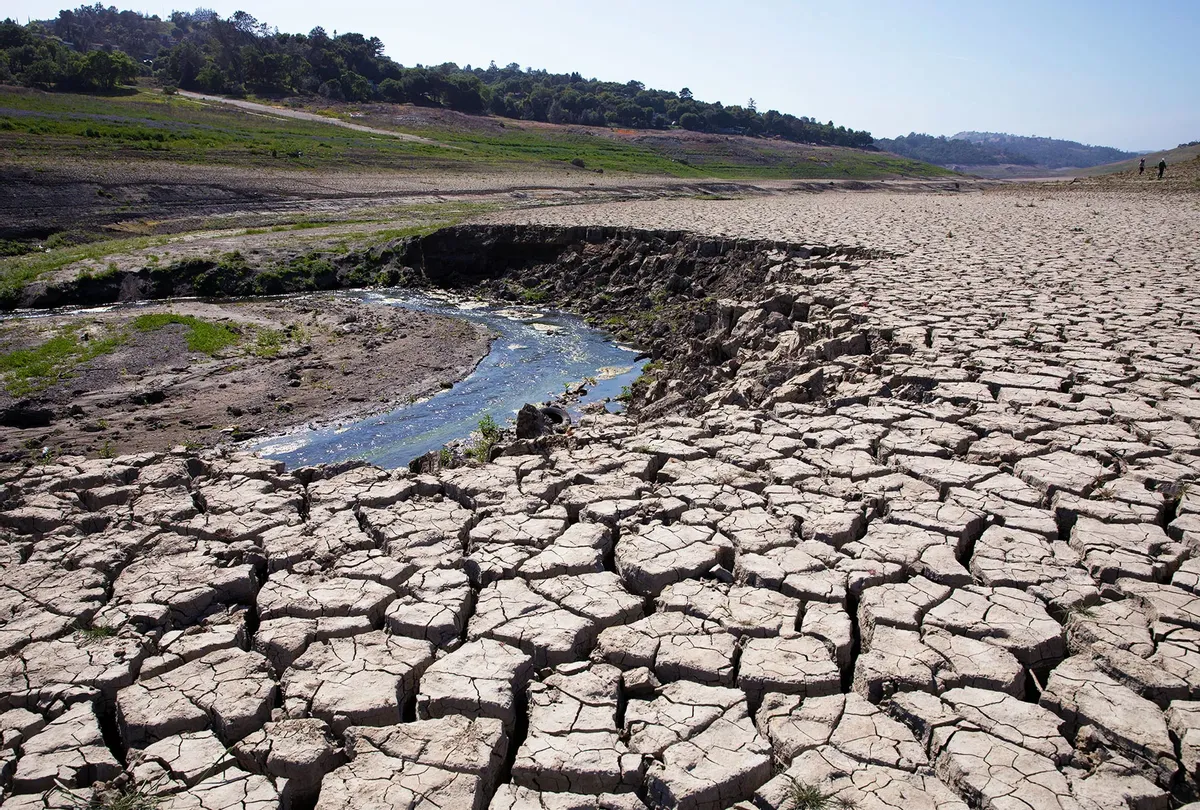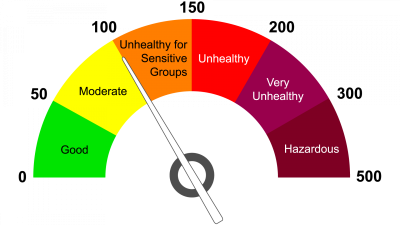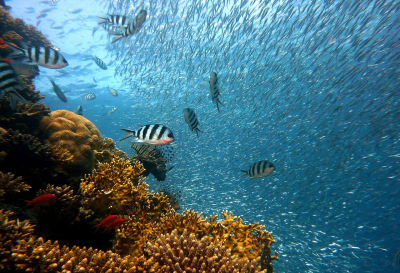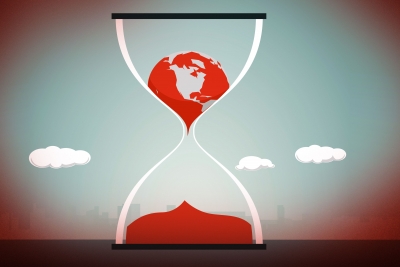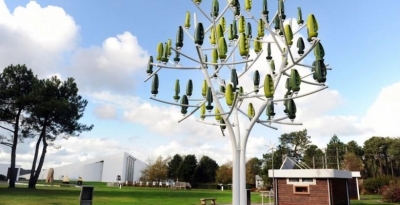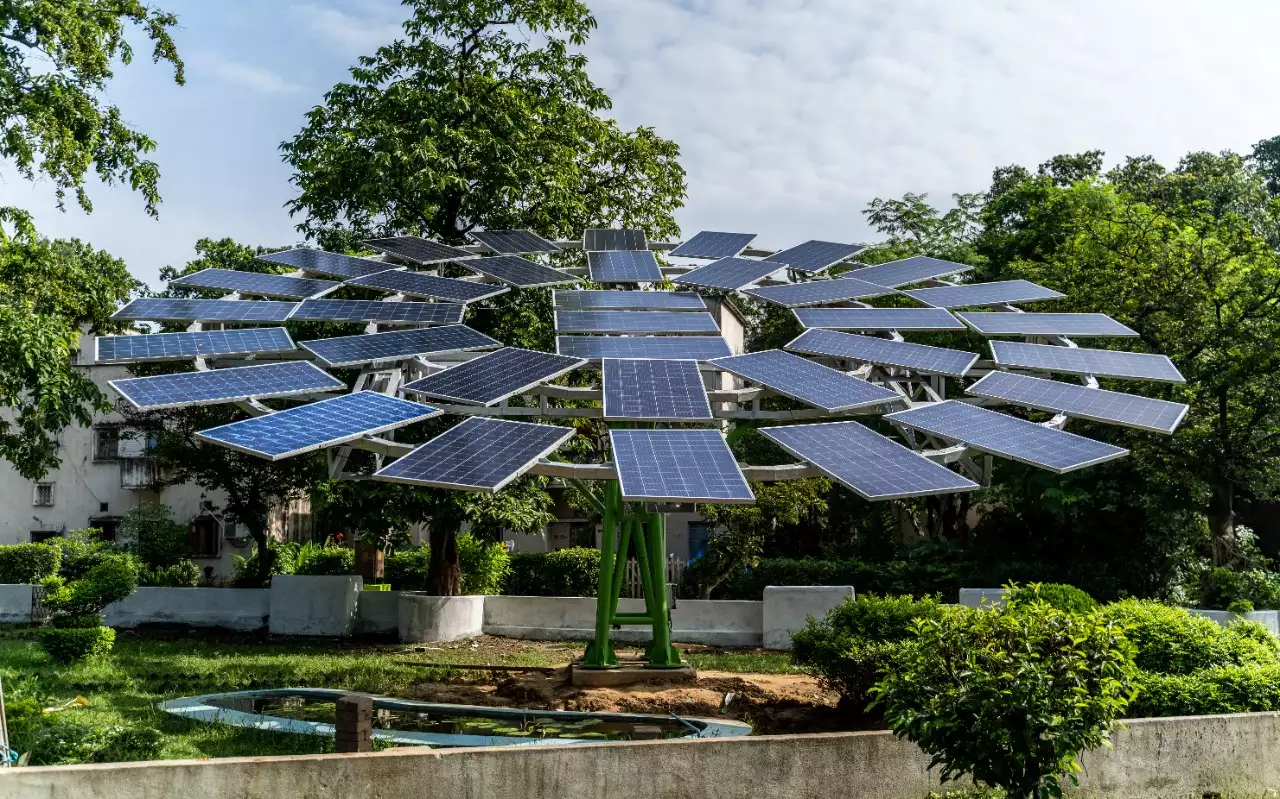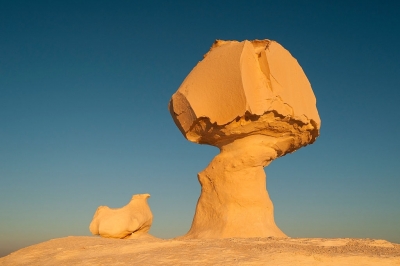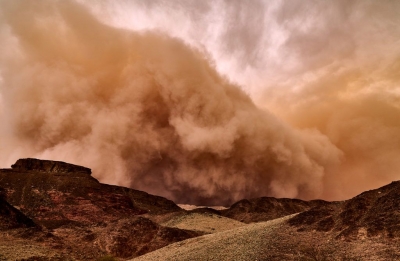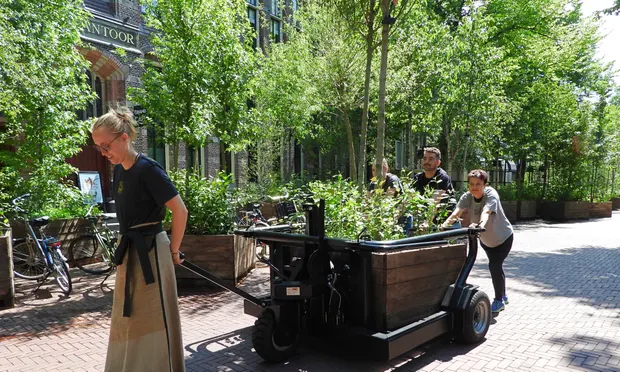
ENVIRONMENT & WILDLIFE: Unsurprisingly, the past year was dominated by extreme weather events- from floods and drought to heatwaves and hurricanes (see graphic below)
The repercussions of these global occurrences were felt in many ways, including in the record melting of glaciers and the drying up of rivers in many countries. In December, parts of the U.S. and Canada experienced the unprecedented impact of "bomb cyclone” that brought heavy snow, caused power outage, and claimed dozens of lives. Throughout the year, several volcanoes erupted, most notably Hunga Tonga-Hunga Ha'apai in the South Pacific. Etna and Stromboli in Italy. Mauna Loa in Hawaii, and a few in Iceland, leaving houses destroyed and a few deaths. The Amazon rainforests continued to be in the news with about 1.000 major fires reported during the "fire season" while a recent study indicated that "large parts of Amazon may never recover”. But not all news last year were bad. There were many positive news too. Even a few bizarre ones! Let's take a look at a few of them.
1. China gets its first vertical forest city
China's first vertical forest city became a reality in January 2022 through a private project. Turning a tower block into a green space, it houses nearly 500 people and more than 5,000 shrubs and trees. It is viewed as an example of sustainable residential building and a project of city reforestation that allows residents the experience of greenery. The green cover in the project is from native and non-invasive species. The trees are dominated by the Ginkgo biloba species, from an order dating back at least 290 million years. There are over 4,500 shrubs, apart from perennial grass, flowers, and climbing plants. The vertical forest is expected to absorb nearly 20 tonnes of carbon dioxide while emitting about 10 tonnes of oxygen annually.
2. Healthy environment a human right: UN
In what is seen as a historic move, in July 2022 the United Nations General Assembly declared "that everyone on the planet has a right to a clean, healthy and sustainable environment. As our natural world faces an "alarming decline" through climate change and degradation, this could just be the right step to counter the grave issue. Though the resolution is not legally binding on member states, it is hoped that the move will prompt "countries to enshrine the right to a healthy environment in national constitutions and regional treaties" and encourage states to implement them. This could also arm environmental campaigners with more power "to challenge ecologically destructive policies and projects".
3. There's a Jane Goodall Barbie!
As part of its "Inspiring Women" series, which pays tribute to courageous and risk-taking women, in July 2022 Mattel announced the release of a doll made of recycled plastic and dedicated to conservationist Jane Goodall. It coincided with the 62nd anniversary of conservationist's first visit to Tanzania's Gombe National Park, where she conducted ground-breaking research on wild chimpanzees. The Barbie wears a khaki shirt and shorts, a pair of binoculars. and holds a notebook. It also comes with a miniature replica of David Greybeard, the first male chimp Goodall named and discovered making tools out of sticks.
4. India bans single-use plastic
A step lauded by green warriors, in July 2022, the union government banned the manufacture, sale, and use of identified single-use plastic items such as plates, cups, straws, trays, and polystyrene, "which have low utility and high littering potential". What promised to be a success story has turned out to be a struggle as critics pointed out that the country could neither find an alternative to single-use plastics nor set up an effective waste management system. However, Modhera in Gujarat becoming the country's first solar-powered village in October was news to cheer about. Earlier in June, Delhi airport became the first one in the country to function solely on hydro and solar energy.
5. Denmark to pay for 'loss and damage from climate change
By pledging more than $13 million to support developing nations that have experienced losses caused by climate disruptions, in September 2022 Denmark became the first UN member to offer "loss and damage" compensation to the most climate-vulnerable areas. Stating that it is "grossly unfair that the world's poorest should suffer the most from the consequences of climate change to which they have contributed the least" and that it was time for action, the country will channel the funds to regions such as Africa through various organisations and partnerships.
6. NZ's tax on animal farts and burps!
In a controversial proposal aimed to deal with climate change, in October 2022 the New Zealand government unveiled plans to tax greenhouse gas emissions from farm animals. The plan wanted farmers to pay for gas emissions from their animals, such as methane gas in the farts and burps of cows, and nitrous oxide in the urine of livestock. Outraged farmers were quick to condemn the idea. Though changes were outlined later, it appears that the tax still leaves a lot to be desired. It may come into effect a few years from now, and it remains to be seen if this idea would affect President Jacinda Ardern's chances when the country goes to polls within a year.
7. Children and Youth Pavilion at COP27 - a first
In a first, the United Nations Conferences of Parties, held in November 2022 in Egypt, allocated a pavilion for youth and children to make young voices heard in climate decision-making. Run by young people themselves, the pavilion hosted youth-led climate forum, a session on "climate change threats to health, nutrition, education and the future of children", and working groups, becoming a platform for networking opportunities and policy briefings. Meanwhile, December witnessed UN Biodiversity Conference (COP 15), the biggest biodiversity conference in a decade, held in Canada. Amidst criticism for "lacking urgency" and rushed process, the event focussed on the protection of land, ocean, and the rights of indigenous people, reducing biodiversity loss, etc.
8. UK universities ban 'climate wreckers' from campus recruitments
In December 2022, career services at three universities - the University of Bedfordshire, University of the Arts London, and Wrexham Glyndwr University - promised to end all relationships with oil, gas, and mining recruiters. According to reports, this ban is a result of "a passionate student-led campaign", and comes three months after a similar move by Birkbeck, University of London. The sponsor of the campaign charity described it as "a victory for climate campaigners against big polluters". The step is seen as important because fossil fuel companies can attract new graduates with high starting salaries. Apparently, now many job seekers "are shunning these lucrative offers in favour of more environmentally friendly careers".
9. Seaweed as plastic alternative
As plastic and packaging waste litter streets globally, the solution could come in the form of seaweed. Notpla, a London-based startup is set to come up with a totally natural, completely biodegradable plastic alternative using seaweed and plants- to create a range of packaging from bubbles to hold liquid to linings for food containers". The startup won the Earthshot Prize in December 2022 in the 'Build a Waste-Free World' category, and along with it, one million pounds, which will go towards research, development, and business expansion. Earlier, researchers from Flinders University in Australia partnered with a German biomaterials developer to create a seaweed-based biopolymer, which can be used as a wrapper.
10. Cheers for cheetahs and bustards
The government released an action plan in January 2022 to reintroduce cheetahs in India. Amidst criticism and applause, eight cheetahs from Namibia reached Kuno National Park in Madhya Pradesh in September. The animals are now acclimatising to their new home. Meanwhile, due to natural factors and conservation efforts, four great Indian bustards in Rajasthan's Desert National Park laid two eggs each, though the bird normally lays only one at a time. There's more hope for this endangered bird as the Supreme Court floated the idea of Project GIB on the lines of Project Tiger.
11. No rhino poaching in Assam
For the first time in more than two decades, not a single one-horned rhinoceros was poached in Assam in an entire year since January 2022. This is believed to be the result of the anti-rhino poaching mission - a special task force formed in 2021. with 22 senior police and forest department officials. Apart from strict vigil by armed commandos and forest personnel, the use of "sophisticated technology" too is said to have helped the State achieve this target. The years 2020 and 2021 saw two rhinos each poached. The threatened species is killed for its horns because they fetch large sums due to their supposed medicinal value.
12. World's largest plant, and rare flowers
The world's largest plant a seagrass 180 km long and the size of 28.000 soccer fields - was discovered off the coast of Australia, a report in June 2022 said. Apparently, over 4,500 years ago, a single seed sprouted in the region now called Shark Bay. This seed spawned a mammoth seagrass covering more than 200 sq. km. In August 2022, Chile's Atacama Desert was in the news for its rare floral bloom that occurs once every few years. The government acted swiftly, and announced that the area would become a national park to accord it high protection.
13. Happy birthday, tortoises!
In August 2022, Kemp's Ridley - the world's smallest and most endangered sea turtle - hatched in Louisiana, the U.S. for the first time in over 75 years, thrilling conservationists. In September, Janus, the world's oldest two-headed tortoise celebrated his 25th birthday. Jonathan, a Seychelles giant tortoise and the world's oldest living land animal, celebrated his 190th birthday in December, and in the process, entered the Guinness World Records. His official record title is oldest chelonian-a category which encompasses all turtles, terrapins, and tortoises. Meanwhile, during the 19th meeting of the Cop 19 at the Convention on International Trade in Endangered Species of Wild Fauna and Flora (CITES) in November, India reiterated its commitment on conserving tortoises and turtles in the country.
14. Corals of Great Barrier Reef show signs of recovery
Two-thirds of Australia's Great Barrier Reef, a UNESCO World Heritage Site, showed the largest amount of coral cover in 36 years, a report in August 2022 said. Researchers believe this is indicative of how it "is still a resilient system" given that it has the capability to recover from disturbances. The recovery occurred in the central and northern stretches of the reef while the southern region faced a loss of coral cover due to crown-of-thorns starfish outbreaks. It means that though the recovery is good news, the reef continues to remain vulnerable to increasingly frequent mass bleaching events. In November, a United Nations-backed mission to GBR concluded that the reef system should be placed on a list of world heritage sites in danger.
15. Spectacular wildlife recoveries
Research revealed that about 50 species, including bears. wolves, bison, whales, turtles, otters, and wolverines were making a spectacular comeback across Europe, a September 2022 report said. Most of the species were previously struggling, and the recoveries are a pointer to the fact that humans play a decisive role in creating conducive conditions, facilitating habitat restoration, and species reintroduction. Not just that! The black-naped pheasant pigeon last spotted 140 years ago was found in Papua New Guinea: a baby bison was born in the U.K. for the first time in millennia as part of a groundbreaking rewilding project. and the Galapagos Island land iguana last spotted on Santiago Island more than 187 years ago too made a comeback, delighting conservationists.
16. Beavers now a protected species in England
Eurasian beavers were recognised as a European protected species in England in October 2022, making it illegal to capture, kill, injure, or disturb them. The move ensures that measures earlier in place to 'control' beavers are curbed. For instance, landowners will not be able to damage a burrow or dam without a licence from Natural England. Eurasian beavers were once widespread but hunted to extinction 400 years ago in Britain. They are being reintroduced at multiple sites across the region. These creatures are crucial for maintaining a healthy and balanced ecosystem. Their dams help the environment, keep water clean, and prevent flooding and drought.
Picture Credit : Google
